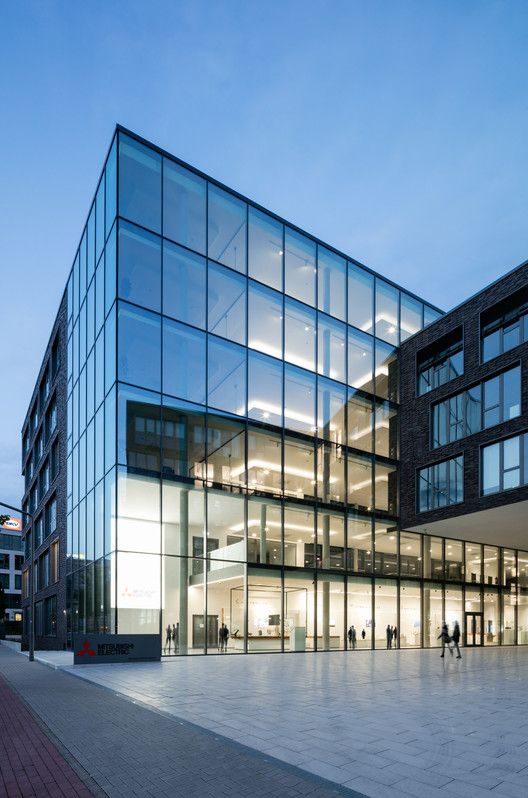Weather plays a significant role in various aspects of our lives, and surprisingly, it also affects services like glass repair. For businesses like Glass Service Company, understanding the impact of weather on their repair processes is crucial for providing efficient and reliable services to customers. In this article, we’ll delve into the ways weather influences the glass repair service process and how McDowell Glass navigates through these challenges to ensure top-notch service quality.
Introduction To Glass Repair Service
Impact on Glass Integrity
Extreme temperatures, both hot and cold, can affect the integrity of glass. In colder temperatures, glass becomes more brittle, making it prone to cracks and shattering. Conversely, in high temperatures, glass expands, which can exacerbate existing cracks or cause new ones. McDowell Glass technicians are trained to assess the condition of glass under different temperature conditions to ensure accurate repairs.
Repair Material Performance
Temperature extremes can also impact the performance of repair materials such as adhesives and resins. In cold weather, these materials may take longer to cure, affecting the overall repair process’s efficiency. McDowell Glass uses specialized materials designed to withstand a range of temperatures, ensuring consistent quality regardless of weather conditions.
Safety Concerns
Rain, snow, or hail can present safety challenges for glass repair technicians, particularly when working outdoors. Slippery surfaces and reduced visibility can hinder the repair process and pose risks to both technicians and customers. Glass Service Company prioritizes safety by providing proper training, equipment, and protocols to handle repairs safely in various weather conditions.
Moisture Interference
Moisture from precipitation can interfere with the adhesion of repair materials, compromising the effectiveness of the repair. McDowell Glass takes precautions to protect the repair area from moisture during inclement weather, such as using temporary shelters or sealing off the area until conditions improve.Replica Watches Shop
Worksite Hazards
Strong winds pose hazards to technicians working at heights or handling large glass panels. Wind gusts can destabilize ladders, scaffolding, or equipment, increasing the risk of accidents and injuries. McDowell Glass conducts thorough risk assessments and implements safety measures, such as securing work platforms and using wind-resistant equipment, to mitigate these risks.
Debris Damage
Wind-blown debris, such as branches or airborne objects, can cause additional damage to already compromised glass structures or hinder repair efforts. McDowell Glass monitors weather forecasts closely and reschedules outdoor repairs during periods of high wind activity to minimize the risk of further damage.
Impact on Adhesive Bonding
High humidity levels can affect the curing process of adhesives used in glass repair, potentially leading to weaker bonding and compromised repair quality. Glass Service Company utilizes climate-controlled environments or specialized curing techniques to maintain optimal humidity levels during the repair process, ensuring durable and long-lasting repairs.
Mold and Mildew Growth
Excessive humidity can create favorable conditions for mold and mildew growth around damaged glass areas, posing health risks and aesthetic concerns. Glass Service Company not only addresses glass repair but also offers services to remediate mold and mildew issues, providing comprehensive solutions for customers.
Conclusion
Weather exerts a multifaceted influence on the glass repair service process, presenting challenges that require careful consideration and adaptation. McDowell Glass remains committed to delivering exceptional service regardless of weather conditions, leveraging expertise, technology, and safety protocols to overcome challenges and meet customer needs effectively. By understanding and addressing the impact of weather on glass repair, Glass Service Company ensures reliability, durability, and customer satisfaction in every repair job undertaken.
